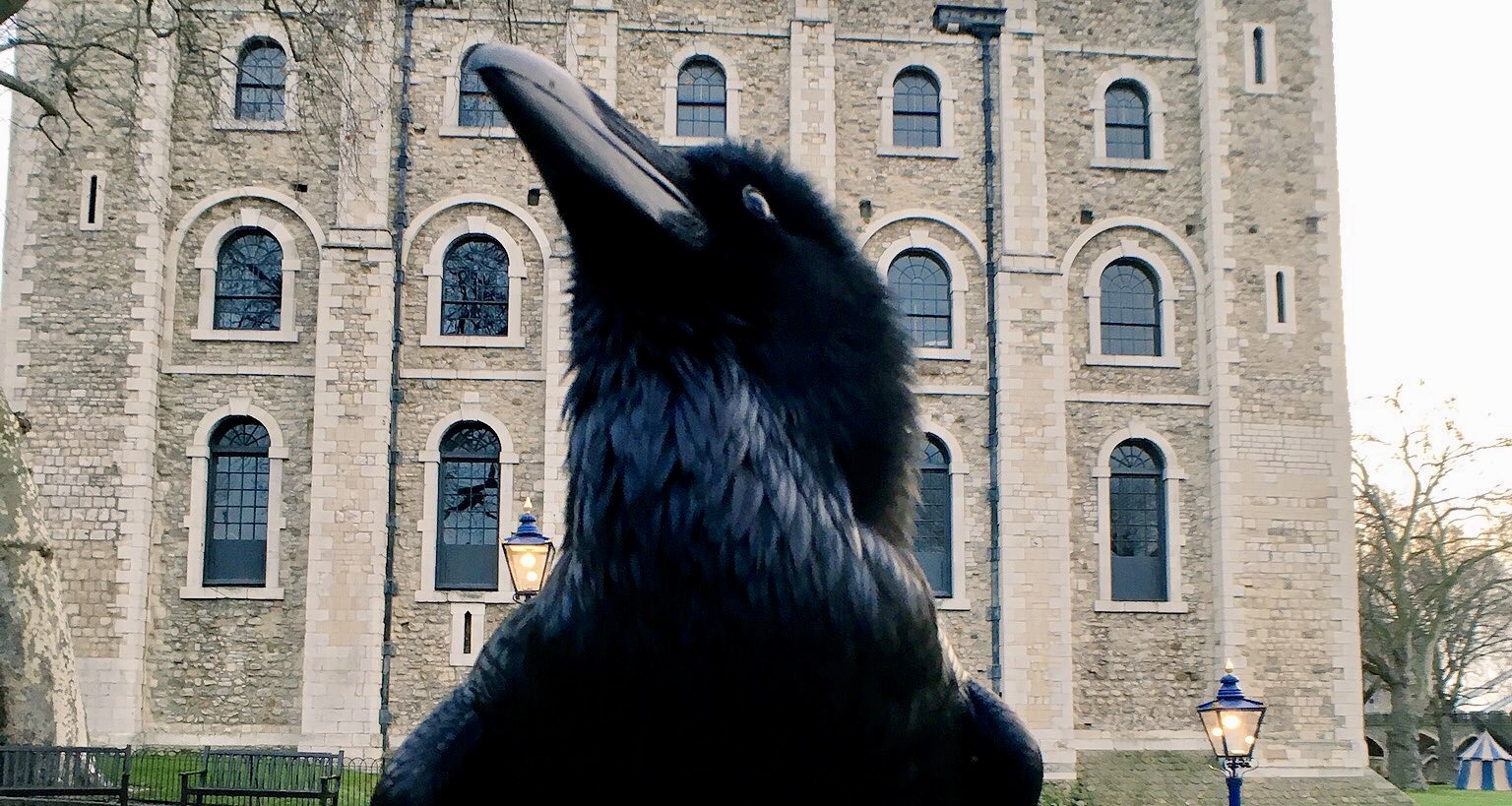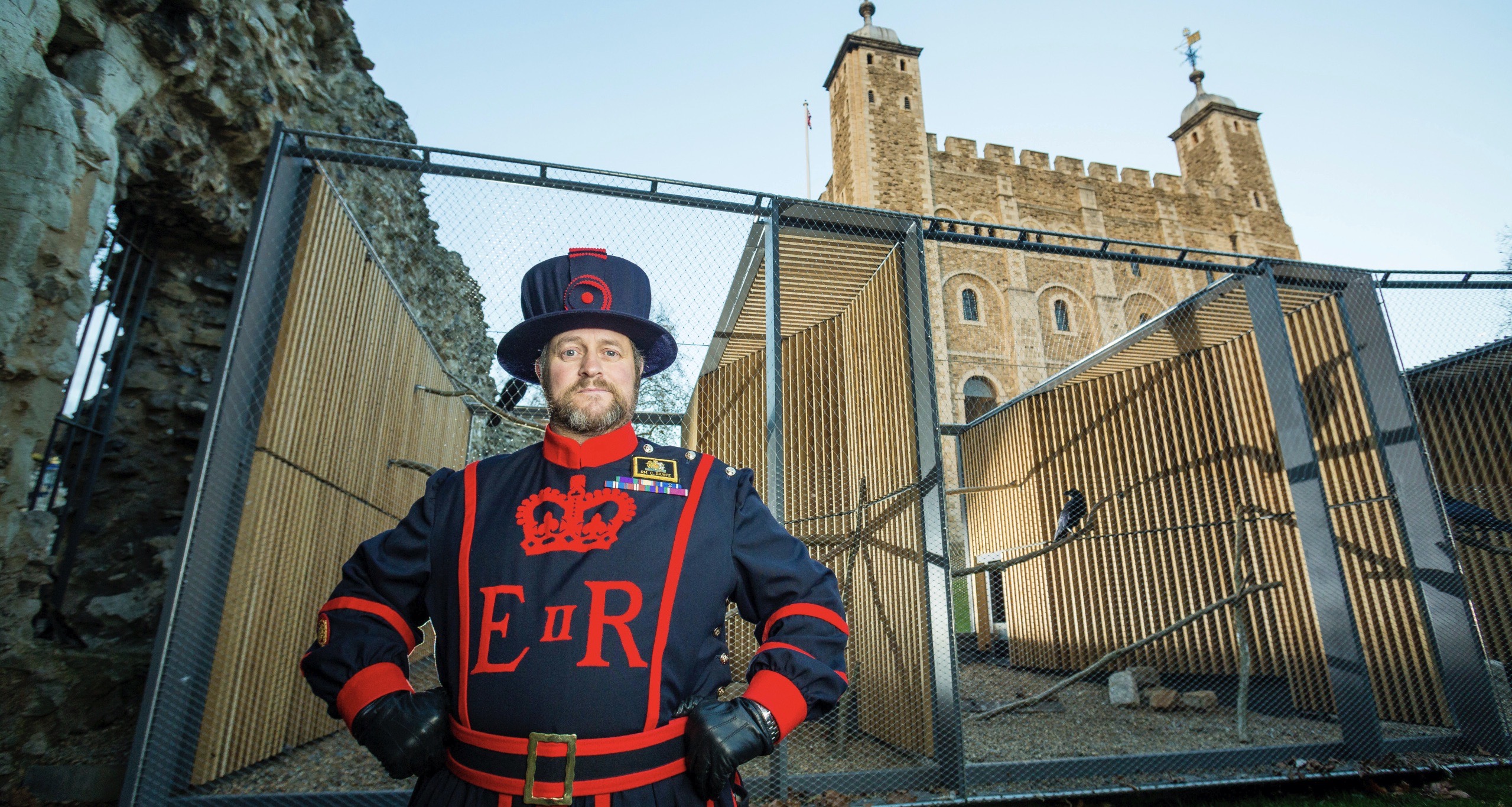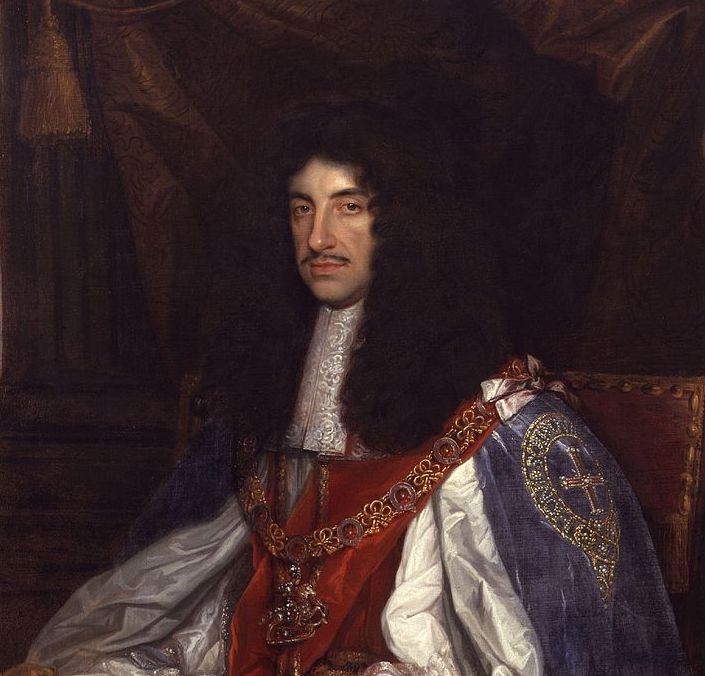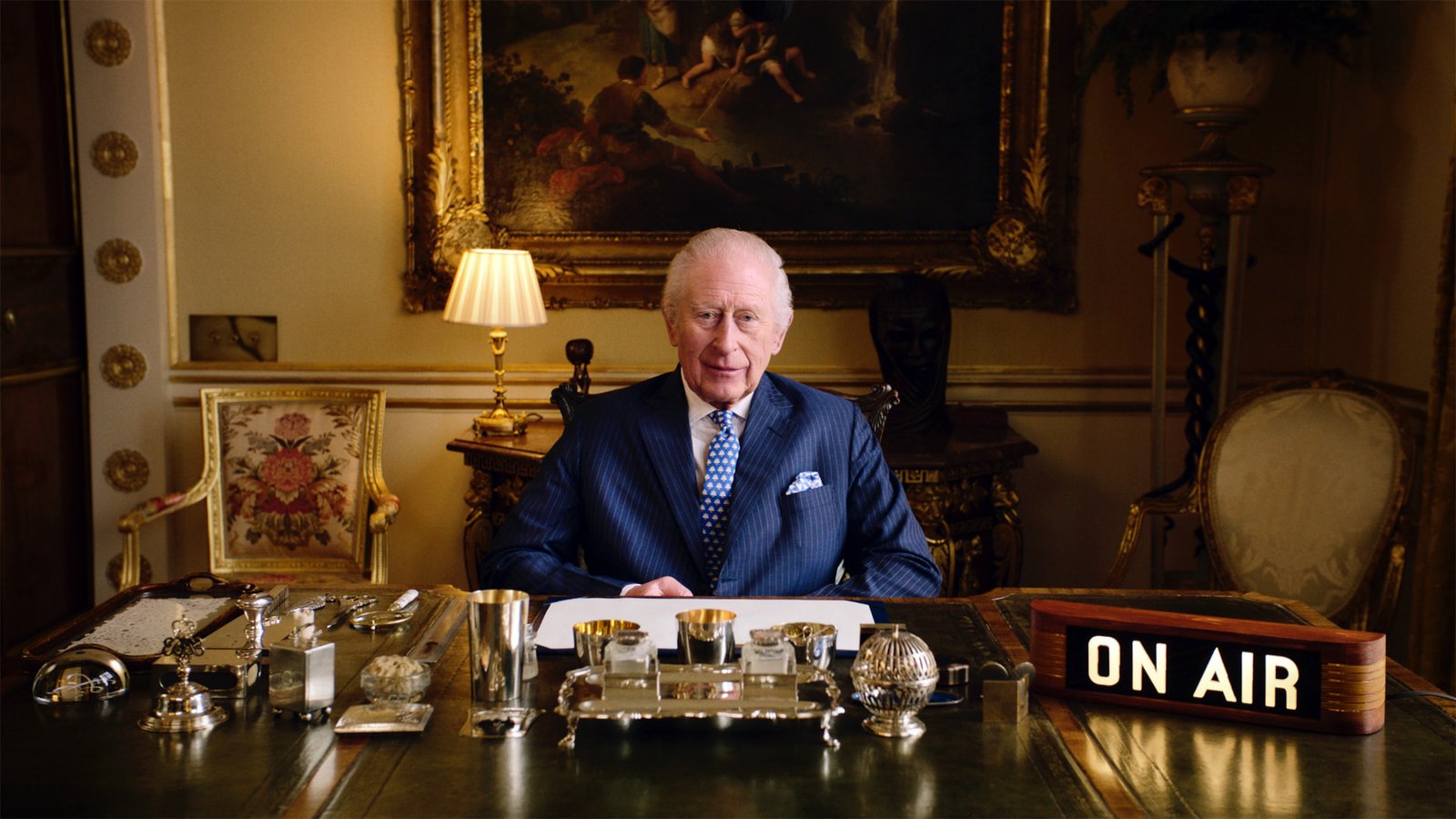One of the Tower of London’s iconic ravens, Merlina, has not been seen for several weeks and is feared to have died, The Tower of London has announced.
The Tower’s Twitter account announced the news: “Our much-loved raven Merlina has not been seen at the Tower for several weeks, and her continued absence indicates to us that she may have sadly passed away.”

Merlina is presumed dead after not returning to the Tower for a number of weeks (The Tower of London/Twitter).
“Though it isn’t unusual for our ravens to roam outside the walls, free-spirited Merlina has previously always returned to the Tower and to the Ravenmaster and his team, with whom she shared a wonderfully close bond.”
Merlina’s absence was first noticed when all the other ravens were being put to bed by Ravenmaster, Christopher Skaife. The “Queen of the Tower Ravens” joined the flock in 2007.
“Merlina was our undisputed ruler of the roost, Queen of the Tower Ravens,” a further tweet said. “She will be greatly missed by her fellow ravens, the Ravenmaster, and all of us in the Tower community.”
Even with Merlina’s departure, there are still seven ravens remaining at the Tower. The history residence “We don’t have any immediate plans to fill Merlina’s vacancy. However in time we hope that a new chick from our breeding programme will be up to the formidable challenge of continuing her legacy.”
Speaking on Thursday’s edition of Radio 4’s Today programme, Ravenmaster Skaife said: “Merlina is a free-spirited raven and has been known to leave the Tower precincts on many occasions. I’m her buddy and she normally comes back to us, but this time she didn’t. So, I do fear that she is not with us any more.”
“But we do have seven ravens here at the Tower of London, six by royal decree and of course I still have a spare one, so we’re OK at the moment.”

Ravenmaster, Chris Skaife looks after the ravens at the Tower (The Tower of London/Twitter)
Legend states should the six resident ravens ever leave the 11th century fortress, the Kingdom will fall.
In 1675, Charles II appointed John Flamsteed as the first Astronomer Royal to work on perfecting navigation: Flamsteed was expected to ‘apply himself with the most exact care and diligence to the rectifying the tables of the motions of the heavens, and the places of the fixed stars, so as to find out the so much-desired longitude of places for the perfecting the art of navigation’.
The monarch gave Flamsteed permission to use a turret of the White Tower as an observatory thanks to its elevated position. Upon settling in, the young astronomer discovered nesting ravens in the turret were obstructing the views through his telescopes and affecting his work.

Charles II ordered that at least six ravens be kept at the Tower of London (wikimedia, cropped)
Flamsteed asked Charles to have the ravens removed, in which he agreed. It was only when someone pointed out that evicting the ravens would be a bad omen. This was because the ravens had always resided at the Tower of London and were a symbol of national stability.
It was from this Charles II instigated the original ‘Rule of Six’ by official decree, stating that the ravens should be kept at the Tower.
Thanks to everyone who’s been sharing their well-wishes and memories of Merlina ?
We’ve also been receiving a lot of questions (“why do you keep ravens at the Tower?”, “is the kingdom in danger?”) so we thought: time for a raven refresher! ? (1/10) pic.twitter.com/onrG3HWG1Q
— The Tower of London (@TowerOfLondon) January 15, 2021
The Royal Observatory was then moved to Greenwich, on the site of the ruined Greenwich Castle, from where the name Greenwich Mean Time was derived. The location marks the Prime Meridian of the world: longitude 0° 0′ 0” – the divide between the eastern and western hemispheres.
In 2018, Historic Royal Palaces (HRP) announced plans to build a breeding aviary to prevent a raven crisis and start a breeding programme. HRP had warned it would becoming difficult to source the birds because “there are very few legal captive raven breeders in the UK”. Breeding pairs must have their own territory, and so cannot share the Tower’s current enclosure.
The breeding programme is overseen by the Ravenmaster, Chris Skaife.
Ravens were once common in Britain but are now a protected species of bird with 7,400 breeding pairs left.





